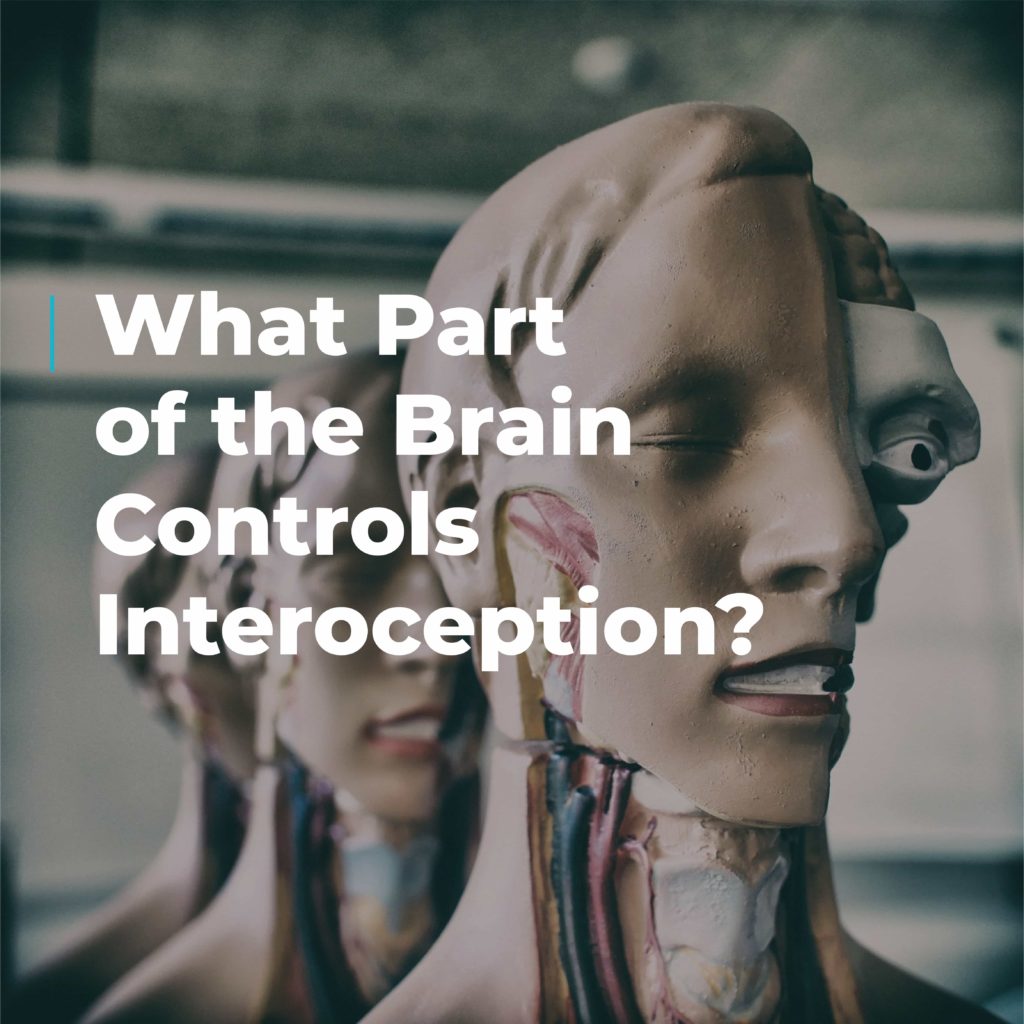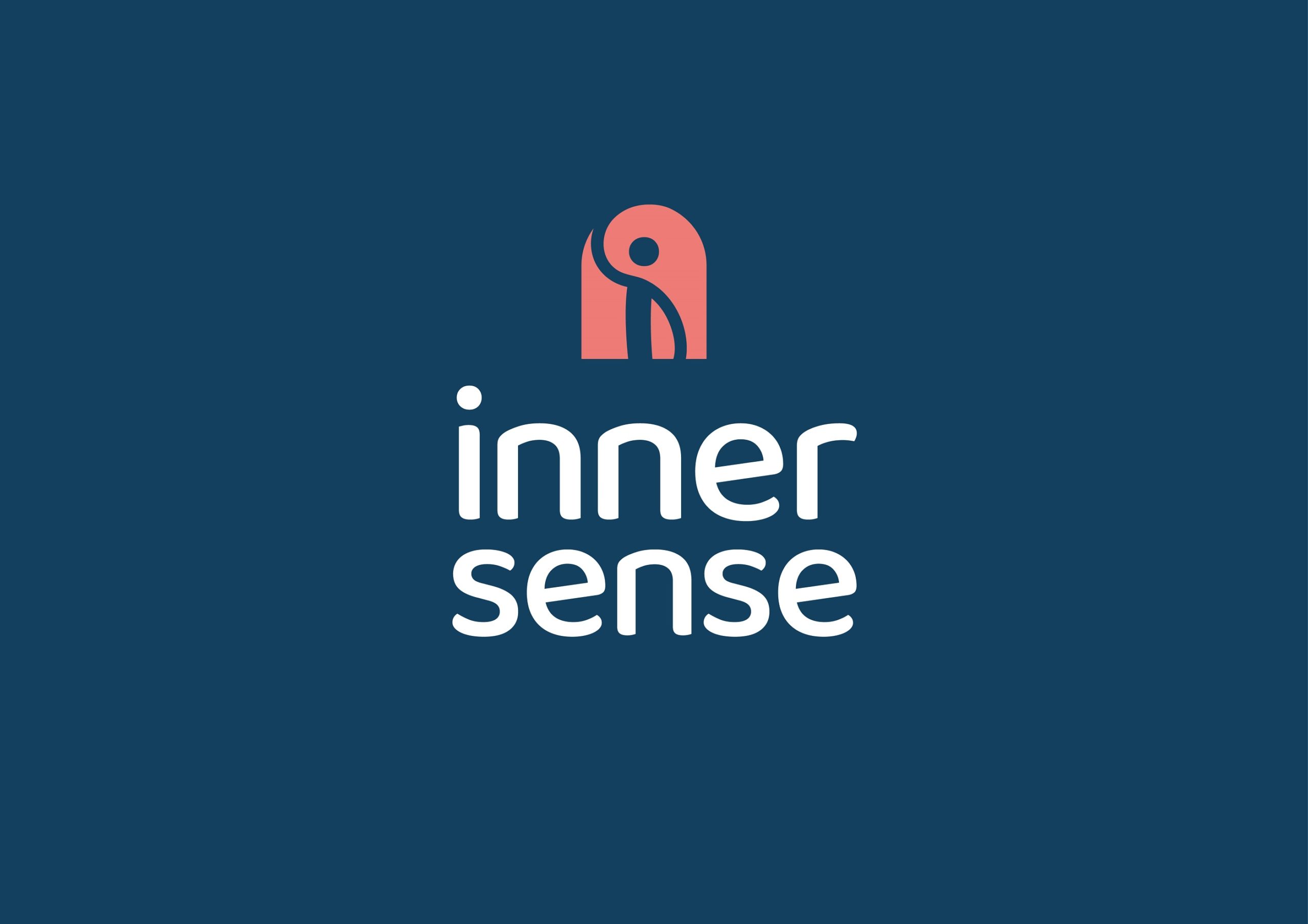The region of the brain where interoception is controlled is called the insula cortex. Deep in the brain, it’s from here we make our decisions on how to act on information we receive from the body about our internal sensations. This might be having a drink if we feel thirsty, eating if we’re hungry or slowing our breathing if we’re nervous.
However, before we reach this decisive point, there are several other regions of the brain that play a big part in helping us process interoceptive information.
Understanding the Journey of Interoceptive Processing
Interoception is a two-way channel of communication between the body and brain. Signals from the body first arrive at the thalamus, a region of the brain near the top of the spinal cord.
The thalamus acts as a hub, receiving sensory information from around the body and relaying it to other areas of the brain, including…

…the cerebral cortex. This is the wrinkled outer layer of the brain. It plays a key role in several interoception-linked functions, such as attention, perception and awareness.




Information from the thalamus is also passed to the hypothalamus. This is a small but significant region of the brain that plays a crucial role in hormone release and controlling temperature, hunger and thirst.




Finally, the information from the thalamus reaches the insula cortex, an interface between the body and other parts of the brain where bodily sensations and decision-making meet.
The insula cortex is divided into two regions:
The posterior insula cortex (PIC) and anterior insula cortex (AIC).
As information from the thalamus reaches the PIC, it’s combined with signals from the outside world, helping us form external senses such as sight, sound and touch. It’s then passed to the AIC, which is believed to be strongly linked to empathy and decision-making. It’s here we make our minds up how to act on our inner sensations, before sending these instructions back down to the body. 1
Why It’s Useful to Know what Part of the Brain Controls Interoception
Science has done a great job at working out how our brains interpret signals from our environment to create senses such as sight, hearing, smell, taste and touch. Less understood, is how we interpret signals from within our own bodies and use this information to act effectively.
By understanding which parts of the brain help us to process and control interoception we can build a more detailed picture of the two-way flow of information between brain and body. Ultimately, this can help us enhance our interoceptive awareness and develop better therapies and treatments for disorders where interoception is functioning poorly.2 3
Find Out More About Interoception
If you’d like to find out more about interoception, please head over to the Inner Sense section of our website. Here you’ll find plenty more information, including the details of an upcoming scientific study into interoceptive awareness we’re leading alongside Anglia Ruskin University.
For more insights into health and wellbeing, please sign up to the Restoring Balance newsletter and download a free chapter from my book.
Sources and References
Photo by Pierre Acobas on Unsplash
- Chen WG, Schloesser D, Arensdorf AM, Simmons JM, Cui C, Valentino R, Gnadt JW, Nielsen L, Hillaire-Clarke CS, Spruance V, Horowitz TS, Vallejo YF, Langevin HM. The Emerging Science of Interoception: Sensing, Integrating, Interpreting, and Regulating Signals within the Self. Trends Neurosci. 2021 Jan;44(1):3-16. doi: 10.1016/j.tins.2020.10.007. PMID: 33378655; PMCID: PMC7780231.
- Bonaz B, Lane RD, Oshinsky ML, Kenny PJ, Sinha R, Mayer EA, Critchley HD. Diseases, Disorders, and Comorbidities of Interoception. Trends Neurosci. 2021 Jan;44(1):39-51. doi: 10.1016/j.tins.2020.09.009. PMID: 33378656.
- Weng HY, Feldman JL, Leggio L, Napadow V, Park J, Price CJ. Interventions and Manipulations of Interoception. Trends Neurosci. 2021 Jan;44(1):52-62. doi: 10.1016/j.tins.2020.09.010. PMID: 33378657; PMCID: PMC7805576.



